New lenses at Photokina 2014
The focus turns to lenses at this year's imaging fair
Nikon AFS 20mm f/1.8G ED
Mount: Nikon
Price: £679/US$797/AU$898
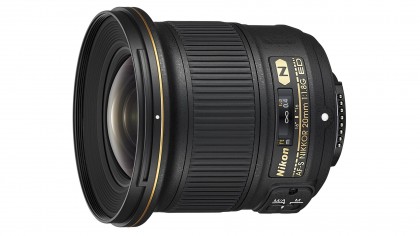
Nikon produces a wide range of G-type zoom lenses using its 'silent wave' AF-S autofocus system, but many of the company's fixed focal length lenses are older, D-type optics, with aperture rings on the lens (now redundant) and a reliance on the older, noisier screw drive autofocus system in the camera body – and Nikon's D3000-series and D5000-series cameras no longer offer in-camera autofocus drive. So although Nikon already has a 20mm f/2.8 D-type lens, this new 20mm f/1.8G ED brings both faster, quieter autofocus and an improvement of more than one stop in the maximum aperture.
The Nikkor AF-S 20mm f/1.8G ED is designed as a super-wideangle lens for full-frame (FX) Nikon D-SLRs but, like all of Nikon's full-frame lenses, it can also be used on the company's smaller-format DX models, though the effective focal length becomes 30mm, so it will act like a medium-wideangle lens rather than a super-wide.
Olympus M.Zuiko Digital ED 40-150mm f/2.8 Pro
Mount: Micro Four Thirds
Price: £1,499/US$1,499/AU$1,689
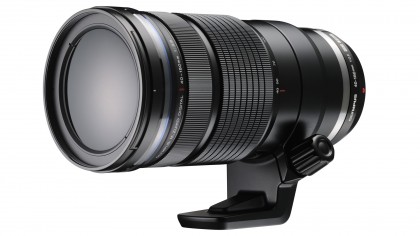
Olympus produced an extensive range of professional lenses for its Four Thirds format D-SLRs and now it's doing the same for its Micro Four Thirds cameras – you can use the older Four Thirds lenses with these too, but you need an adaptor. The new 40-150mm f/2.8 has a constant maximum aperture and, because of the 2x crop factor of the Micro Four Thirds sensor, it has an effective focal range of 80-300mm. This gives it the edge over the classic 70-200mm f/2.8 pro zooms of other makers. You can also use the M.Zuiko Digital 1.4x Teleconverter to give you the equivalent of a 112-420mm f/4 lens.
Sign up for breaking news, reviews, opinion, top tech deals, and more.
The 40-150mm f/2.8 is dust, splash and freeze proof, and Olympus claims a world first: an AF system that powers two lens elements with linear motors for very fast, very quiet autofocus. A clutch system offers a rapid switch to manual focus, and the lens incorporates a unique sliding lens hood so that you don't have to wrestle with a bayonet fitting.
Samsung 50-150mm f/2.8 S ED OIS
Mount: Samsung NX
Price: £1,199/US$1,599/AU$1,802
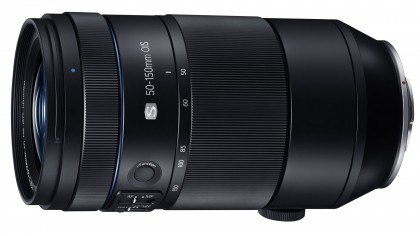
Samsung has showed its determination to break into the pro market with the Samsung NX1, and it's backing it up with new, pro-grade lenses, too, including the Samsung 50-150mm f/2.8 S ED OIS. This is one of Samsung's 'Premium S' lenses – you can already get a Premium S 16-50mm f/2-2.8 standard zoom. Samsung NX cameras use an APS-C size sensor, so the 50-150mm is actually equivalent to 77-231mm – the classic focal range for a short-medium telephoto lens. It has 4.5-stop optical image stabilisation built in, with 4-axis control and a 6-axis sensor.
Four ED elements and one XHR (eXtreme High Refractive) element are used to combat chromatic aberration, and the SHS (Samsung Hyper Shield) coating on the front lens element is designed to protect against dust, moisture, fingerprints smears and even fogging. The pro specs are boosted by a custom focus range limiter – focus limiters speed up autofocus and reduce errors. The new lens weighs in at 915g and takes 72mm filters.
Samyang 12mm f/2.8 ED AS NCS Fish-eye
Mount: TBC
Price: TBC
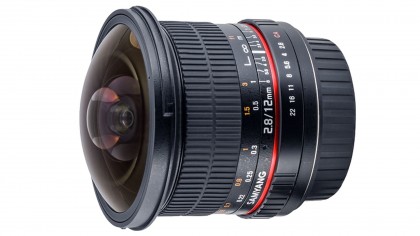
Samyang's new fisheye lens is designed for full-frame cameras, and it's the company's widest full-frame lens yet, with an angle of view of 180 degrees. It's also quite advanced, with three ED (extra-low dispersion) elements and featuring Samyang's own nanocrystal anti-reflective lens coating. This is used alongside the company's regular UMC coatings to improve contrast and colour reproduction.
There's no news yet on the mounts this new lens will be available in, or the price. You can use full-frame fisheyes on APS-C format cameras, but this is one instance where the crop factor of the smaller sensor doesn't work to your advantage – the point of a fisheye is its extreme angle of view, and much of this would be lost on a camera with a smaller sensor.
Schneider Xenon 35mm f/1.6, 50mm f/1.4, 85mm f/2.4 Makro Symmar
Mount: Canon, Nikon
Price: TBC
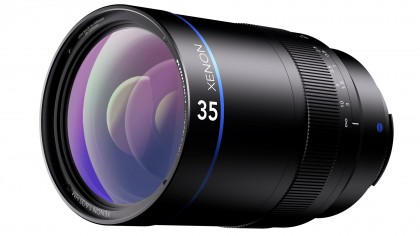
Schneider Kreuznach has launched a new series of lenses 'recalculated' for today's high-resolution D-SLRs and designed for full-frame Nikon and Canon DSLRs. These are premium-quality 'old-school' manual focus lenses.
The Nikon versions have preset iris rings, mechanical automatic iris and electronic connection to the camera, whereas the Canon versions have motorised iris control and electronic connection to the body (if you use a Canon, the aperture is controlled by the camera body). Schneider is keen to preserve the optical 'look' of classic lenses while matching the resolution of today's camera bodies.
Sigma 150-600mm f/5-6.3 DG OS HSM C/S
Mount: Sigma, Canon, Nikon, Sony
Price: Contemporary TBC, Sports £1,600/US$1999/AU$2,090
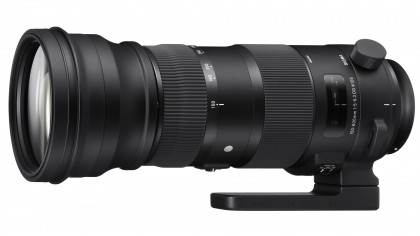
Sigma has announced two 'hyper-telephoto' lenses which could easily get confused because the specifications are the same. In fact, the Sigma 150-600mm f/5-6.3 comes in both Contemporary and Sports versions which have optical as well as physical differences. The Contemporary version is optically less complex and a little smaller and lighter, and is designed for handheld use.
The S (Sports) version is larger, heavier and more advanced. It's designed to give maximum image quality. Both can be used with Sigma's new teleconverters, the TC-1401 (1.4x magnification with a 1-stop loss in maximum aperture) and TC-2001 (2x magnification with a 2-stop loss in maximum aperture). These are both 'DG' lenses, which means they can be used on both full-frame and APS-C cameras. Both have Sigma's optical stabilisation system built in. The full specs for the Contemporary version have yet to be announced, but the Sports version weighs in at 2.86kg.

Rod is an independent photographer and photography journalist with more than 30 years' experience. He's previously worked as Head of Testing for Future’s photography magazines, including Digital Camera, N-Photo, PhotoPlus, Professional Photography, Photography Week and Practical Photoshop, and as Reviews Editor on Digital Camera World.